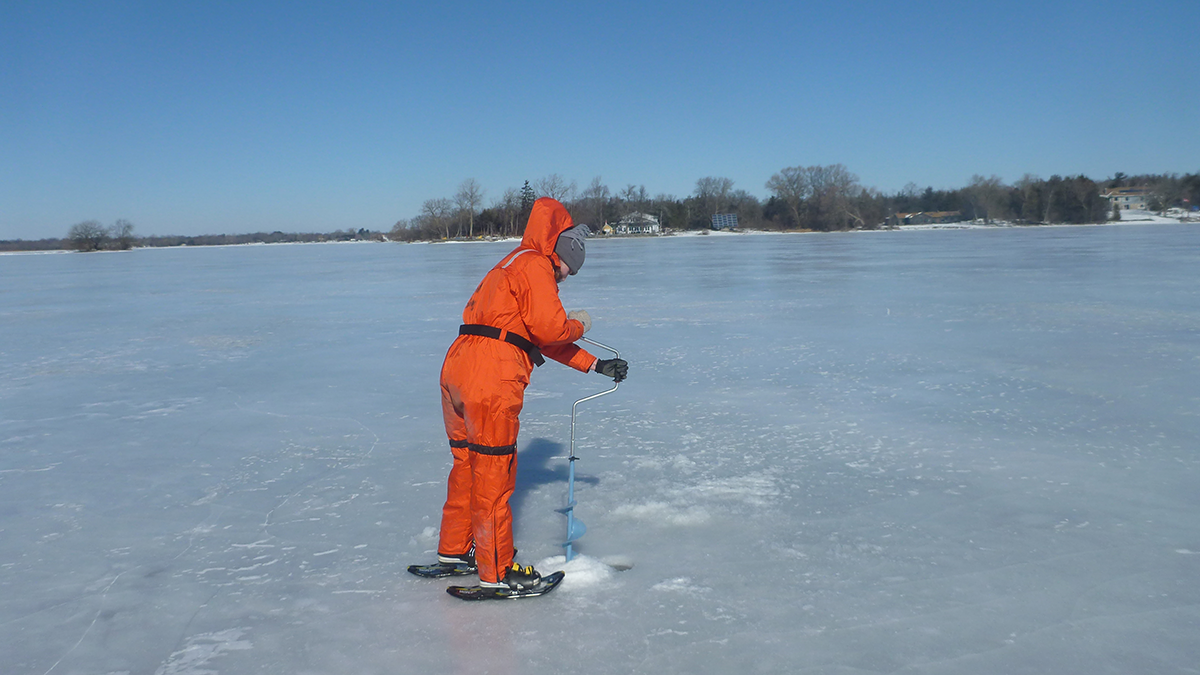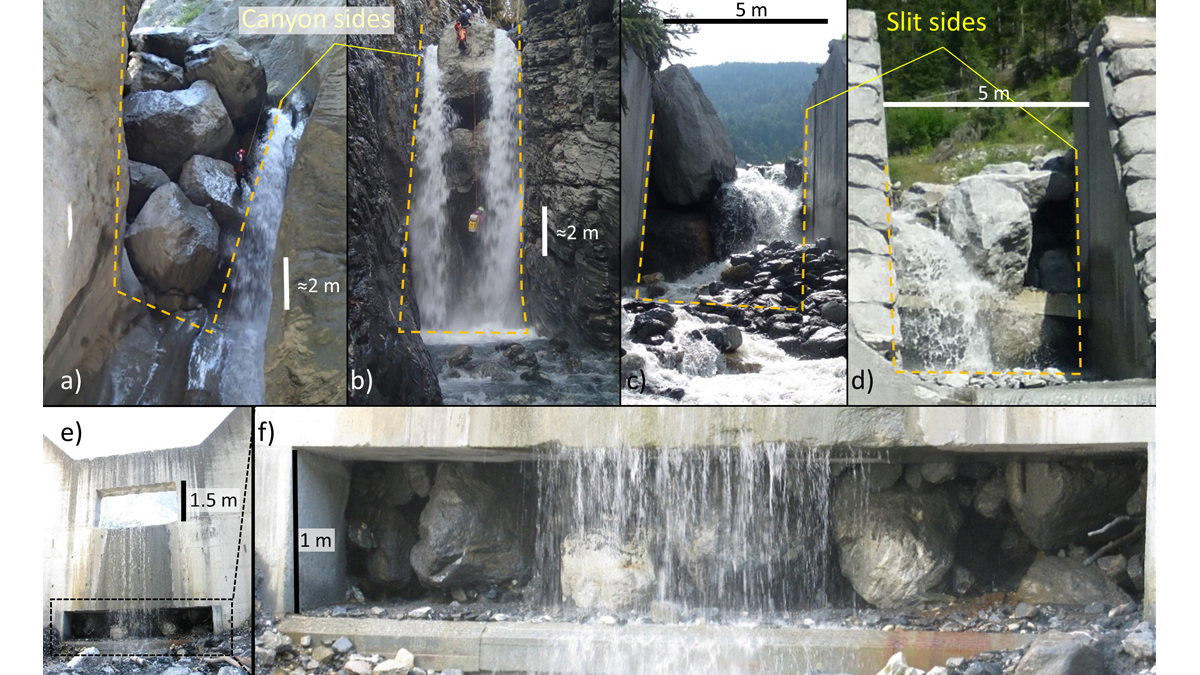Drought continues to threaten Maui’s native land-based and marine ecosystems, water resources, and traditional ways of life. But conservationists have hope—and ways to fight back.
rivers
Missouri River Floodplain Expansion, Services, and Resiliency
Benefits might accrue for both wildlife and climate resiliency if more floodplains along the lower Missouri River were allowed to flood.
Satellite Images Reveal a New View of Ancient Earth’s Rivers
A new method shows a key relationship between the width and makeup of Earth’s river channels over time. The technique could be applied to other terrestrial bodies, such as Mars.
Impact of Climate on River Chemistry Across the United States
Findings of a new study have implications for water quality, aquatic ecosystem health, and water treatment and management as the world warms.
Satellites Show Magnitude of Human Influence on River Sediment Flux
Dam-building has decreased the amount of sediment transported by rivers, while land use changes have increased the amount.
A Future Without Ice Cover
Winter is fading away, but the answers may be beneath the ice; a new collection on winter limnology tackles the unknowns.
Remote Sensing Tracks Down “Plastic Plants” in Rivers
Researchers are using remote sensing to track floating mats of plastic trapped in water hyacinth plants.
Why Do Rivers Jump Off the Beaten Path?
Researchers sifted through 50 years of satellite imagery and came up with new clues to where and why rivers avulse, suddenly changing their course.
Algorithm Detects Thousands of Missing Levees from U.S. Database
An existing levee database accounts for just one fifth of the country’s actual total levee count, limiting the study of how these embankments affect riparian ecosystem health in the United States.
Good or Bad Jam? Modeling Boulders’ Fate at Constrictions
A new modeling framework to assess the likelihood of jamming at constrictions can be used to support the design of effective mitigation measures and reduce risk in debris flow prone areas.










